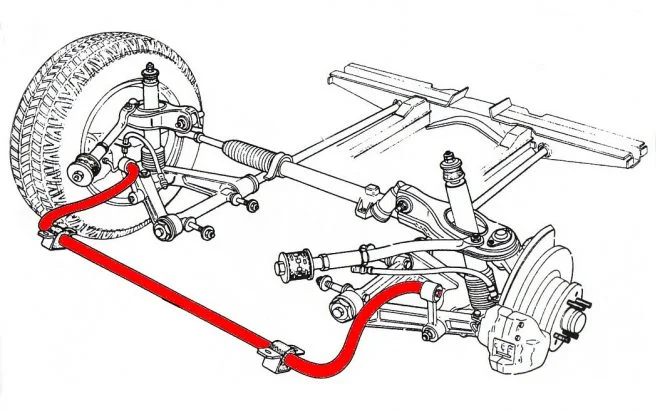Experts Say Most People Use Air Conditioning Wrong And It's Destroying Their Cars Slowly
Nearly 3 out of 4 automotive AC failures could be prevented with proper usage, yet most drivers unknowingly abuse their systems daily. You've probably heard someone confidently declare "My AC works f…
